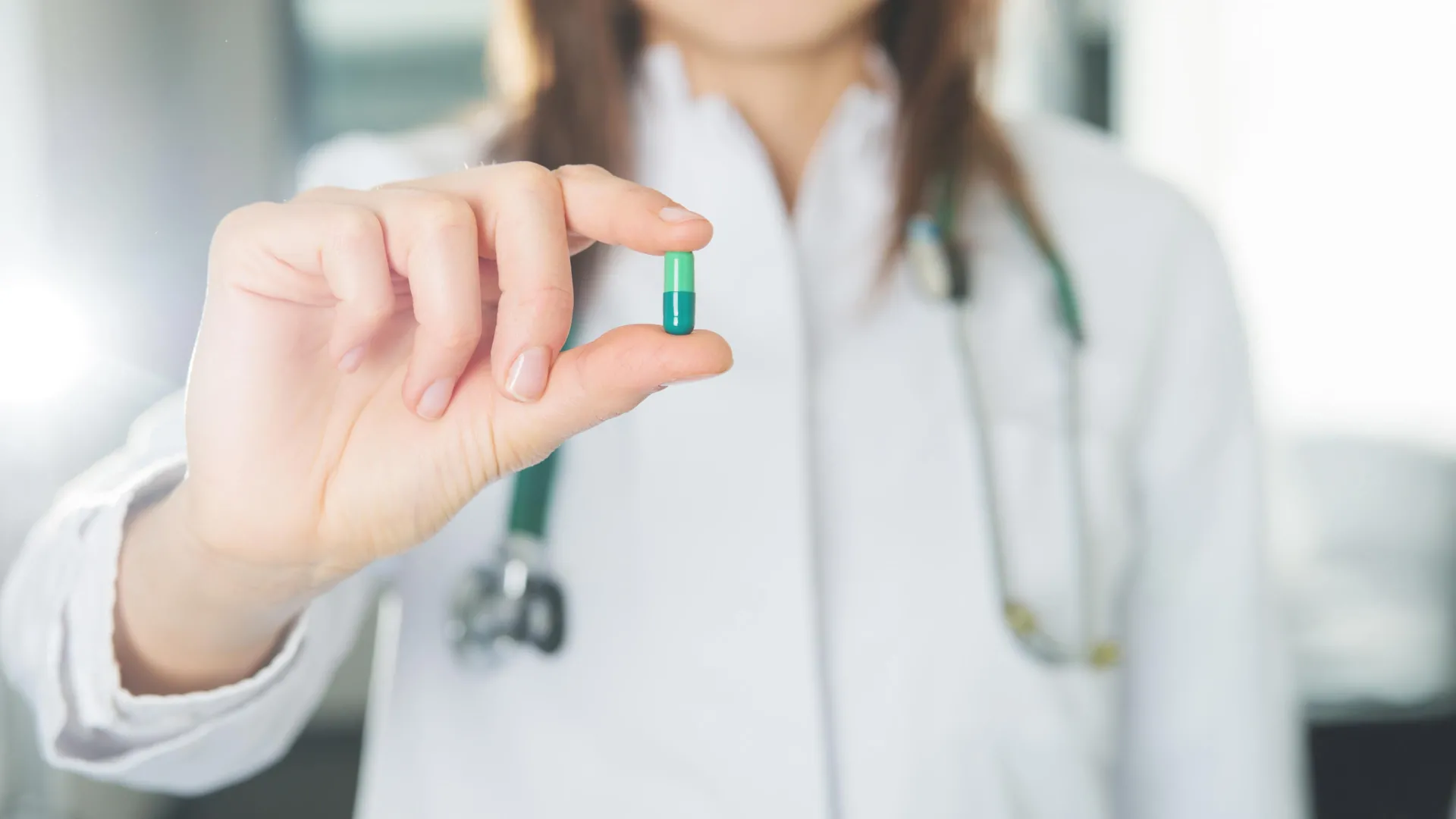Serious injury to short-term kidney function, known as acute kidney injury (AKI), can be life-threatening and also raise the likelihood of developing permanent chronic kidney disease. AKI can occur after major stressors such as sepsis or heart surgery, and more than half of all intensive care patients experience it. No approved medications currently exist to treat this condition.
Researchers at University of Utah Health (U of U Health) have discovered that fatty molecules called ceramides initiate AKI by damaging the mitochondria that supply energy to kidney cells. By using a backup drug candidate designed to alter how ceramides are processed, the team protected mitochondrial structure and prevented kidney injury in mice.
“We completely reversed the pathology of acute kidney injury by inactivating ceramides,” says Scott Summers, PhD, distinguished professor and Chair of the Department of Nutrition and Integrative Physiology in the University of Utah College of Health and senior author on the study. “We were stunned — not only did kidney function stay normal, but the mitochondria were unscathed,” Summers says. “It was truly remarkable.”
The results are published in Cell Metabolism.
Ceramide spikes may serve as an early warning
Earlier studies from the Summers lab showed that ceramides can harm organs such as the heart and liver. When the researchers measured ceramides in AKI models, they found a strong connection: levels rose sharply after injury in both mice and in human urine samples.
“Ceramide levels are very elevated in kidney injury,” says Rebekah Nicholson, PhD, first author on the work, who completed the research as a graduate student in nutrition and integrative physiology at U of U Health and is now a postdoctoral fellow at the Arc Institute. “They go up quickly after damage to the kidneys, and they go up in relation to the severity of the injury. The worse the kidney injury is, the higher the ceramide levels will be.”
These findings indicate that urinary ceramides could act as an early biomarker for AKI, giving clinicians a tool to identify vulnerable patients, including those preparing for heart surgery, before symptoms begin. “If patients are undergoing a procedure that we know puts them at high risk of AKI, then we can better predict whether or not they’re actually going to have one,” Nicholson says.
Altering ceramide production protects kidney function
The team nearly eliminated kidney injury in a mouse model by modifying the genetic program that controls ceramide production. This change produced “super mice” that did not develop AKI even under conditions that typically cause severe damage.
The researchers then tested a ceramide-lowering drug candidate created by Centaurus Therapeutics, a company co-founded by Summers. Mice treated ahead of time avoided kidney injury, maintained normal kidney function, remained active, and had kidneys that appeared close to normal under the microscope. Nicholson notes that their model places extreme stress on the kidneys, making it “really remarkable that mice were protected from the injury.”
“These mice looked incredible,” Summers adds.
The team found that ceramides harm mitochondria, the parts of the cell responsible for energy production. Damaged mitochondria in kidney cells become distorted and function poorly. Adjusting ceramide production, whether genetically or with the drug, kept mitochondria intact and working even under strain.
Potential for future therapies targeting mitochondrial health
Summers explains that the compound used in this study is closely related to, but not identical to, the ceramide-lowering drug that has entered human clinical testing. He emphasizes that mouse results do not always predict human outcomes and that further research is needed to confirm safety.
“We’re thrilled by how protective this backup compound was, but it’s still preclinical,” Summers says. “We need to be cautious and do our due diligence to make sure this approach is truly safe before moving it into patients.”
Even so, the researchers are encouraged by the findings. If the results extend to people, the drug could potentially be administered ahead of time to individuals who face a high risk of AKI, including patients undergoing heart surgery, where about one quarter experience the condition.
Because the drug appears to work by maintaining mitochondrial health, the team believes that the approach may have relevance for other disorders linked to mitochondrial dysfunction.
“Mitochondrial problems show up in so many diseases — heart failure, diabetes, fatty liver disease,” Summers says. “So if we can truly restore mitochondrial health, the implications could be enormous.”
The results are published in Cell Metabolism as “Therapeutic Remodeling of the Ceramide Backbone Prevents Kidney Injury.”
Funding and disclosures
This work was supported by a NCRR Shared Instrument Grant, the Kidney Precision Medicine Project, and several branches of the National Institutes of Health, including the National Cancer Institute (P30CA042014, CA272529), the National Institute of Diabetes and Digestive and Kidney Diseases (DK115824, DK116888, DK116450, DK130296, DK108833, DK112826, 1F31DK134088 and 5T32DK091317), and the National Institute of General Medical Sciences (3R35GM131854 and 3R35GM131854-04S1). Additional support came from the Juvenile Diabetes Research Foundation (JDRF 3-SRA-2019-768-A-B and JDRF 3-SRA-2019-768-A-B to WLH), the Burroughs Wellcome Fund Postdoctoral Diversity Enrichment Program (1058616), the American Diabetes Association, the American Heart Association, the Margolis Foundation, and the University of Utah Diabetes and Metabolism Research Center. The authors state that the content is their responsibility and does not necessarily reflect the views of the National Institutes of Health.
Scott Summers and Jeremy Blitzer are co-founders and shareholders of Centaurus Therapeutics. Liping Wang is also a shareholder. DN and Blitzer are listed as inventors on US Patents 1177684, 11597715, and 11135207 licensed to Centaurus Therapeutics, Inc.
Source link


